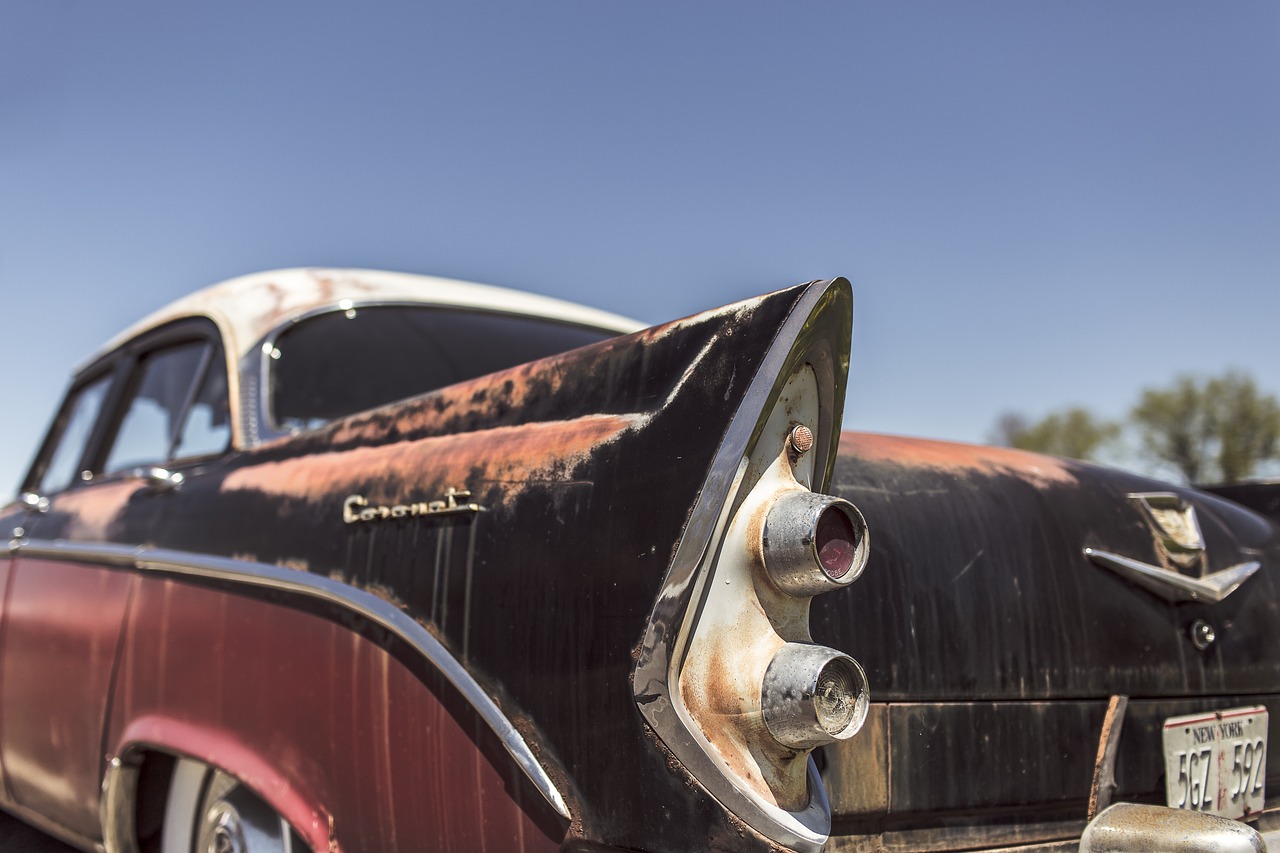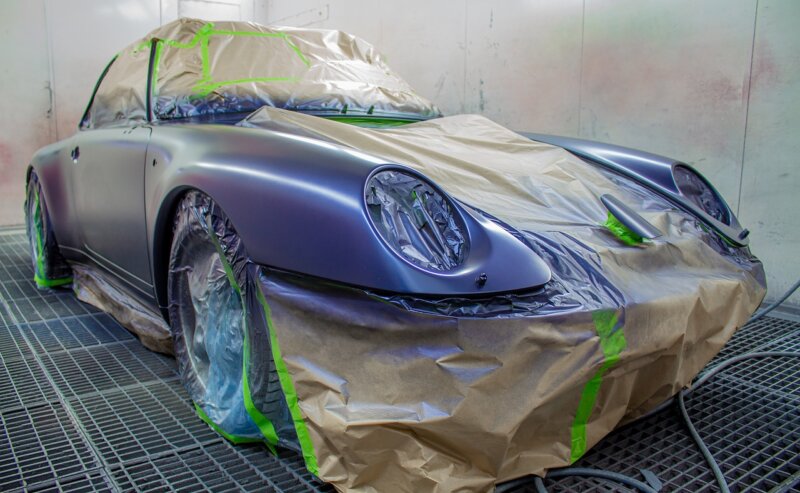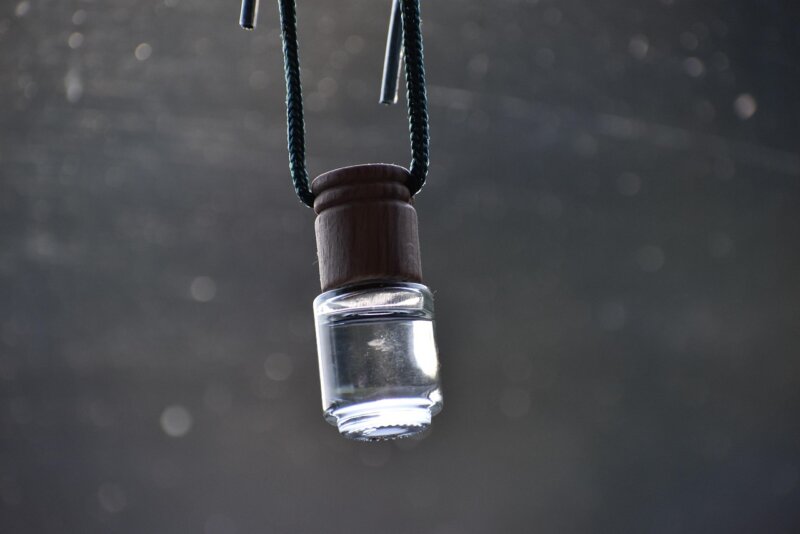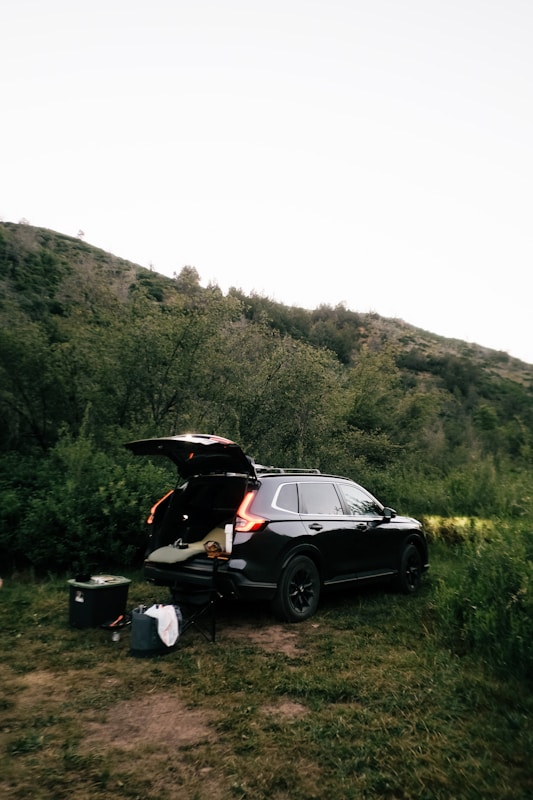Rust spreads fast. It eats metal and weakens parts. Repairs get expensive. A good protective coating builds a rust barrier that blocks moisture and road salt. Undercoating, Fluid Film, and cavity wax each offer corrosion protection in a different way. This guide explains how they work, where they shine, and how to apply them for underbody protection and automotive preservation.
Understanding the Differences Between Undercoating, Fluid Film, and Cavity Wax
Undercoating is a thick protective coating for a vehicle’s underside. It seals large, exposed areas like frames and wheel wells. The goal is simple, keep water, salt, and debris off the steel.
Fluid Film is a soft, lanolin based spray. Lanolin is a natural oil from sheep’s wool. The product creeps into seams and threads, then stops moisture from reaching bare metal. It suits parts you can see and service, such as brake lines, brackets, and suspension arms.
Cavity wax is a thin wax coating made to reach small gaps. It flows into hidden spaces between panels and around spot welds. That is where rust often starts. A dedicated wand helps the wax reach inside boxed frames and rocker panels.
Curious how these choices compare in practice? This short video gives helpful context.
https://m.youtube.com/watch?v=tROUf7b9xYQ&pp=ygUOI2ZpbG1yZXZpZXczNTA%3D
Undercoating: Protecting the Undercarriage
Undercoating forms a tough shield against spray, grit, and salt. It is a smart preventive measure if winters are rough or roads are treated often. The treatment adds surface protection that supports long term vehicle value.
Benefits of undercoating
Undercoating blocks water and chemicals from reaching steel. That slows rust and helps the frame last longer. There is a bonus, the coating can dampen some road noise and vibration.
In coastal regions, salt air speeds up corrosion. In snow states, brine and sand do the same. A proper underbody treatment gives extra corrosion protection that reduces future repair costs and supports resale.
Best application practices
Good prep leads to better results. Plan for clean, dry metal before you spray. These steps help the coating stick and perform.
- Scrape off loose rust and flaking material. Wash away dirt and road film.
- Sand rough edges, then wipe with a wax and grease remover.
- Treat visible rust with a rust converter or primer designed for metal.
- Mask exhaust, brakes, and rubber parts to avoid overspray.
- Apply thin, even passes for full coverage. Allow proper flash time.
- Build two to three coats on high impact zones, such as wheel wells.
Work in a ventilated area. Wear gloves, eye protection, and a respirator rated for paint mist. Keep coatings away from open flames or hot surfaces.
Fluid Film: Long-Lasting Rust Prevention
Fluid Film stays soft, so it keeps creeping into gaps over time. That makes it effective on fasteners, seams, and areas that flex. It also acts as a light lubricant on hinges and moving parts.
Key features of Fluid Film
- Lanolin based formula that blocks moisture and salt.
- Solvent free and non toxic, friendly for shop or home use.
- Does not dry out or crack, so it keeps protecting.
- Suitable for cars, boats, farm gear, and shop tools.
- Online ratings show strong user satisfaction, 4.6 out of 5 from 1,677 reviews.
Use it for corrosion protection and light lubrication. Many owners spray brake line fittings, leaf springs, battery terminals, and trailer parts before winter.
How Fluid Film works on metal surfaces
The coating lays down a thick, waxy film. It penetrates threads and seams where water collects. That film displaces moisture and keeps oxygen away from bare metal. Without water and oxygen, rust slows or stops.
Fluid Film adheres to steel, aluminum, and magnesium. It was adopted for ships and docks decades ago, so salty splash zones are a natural fit. Since it stays flexible, moving parts keep working while the rust inhibitors remain in place.
Reapply on surfaces that get washed often, like open suspension parts. In sheltered areas, service life is much longer. Test on a small spot first if the finish is delicate.
Cavity Wax: Targeting Hard-to-Reach Areas
Hidden cavities are the rust hot spots. Moisture lingers inside doors, rocker panels, and boxed frames. Cavity wax flows into those tight seams, then sets into a thin protective wax coating.
Advantages of cavity wax for internal cavities
KBS Cavity Coater targets rocker panels, boxed frames, inner doors, deck lids, and tailgates. The wax creeps into welds and seams that paint and brushes cannot reach. It creates a self healing film that reseals small scratches.
Lab testing shows strong salt spray resistance, over 4,000 hours in ASTM B 117. That is around four times longer than many standard cavity waxes. The coating resists cracking at temperatures down to minus 60 degrees Fahrenheit. It also handles road salt, acid vapors, alkaline solutions, and even steam.
There is a service perk too. Nuts and bolts inside cavities are less likely to seize. The wax plays well with metals like cadmium, magnesium, and aluminum.
Application tips for cavity wax
- Apply three light coats to the hood perimeter, door shells, rockers, and wheel arches.
- Use a 48 inch spray wand or the KBS Cavity Wand to reach inside frames.
- After spraying, flush the wand so it is ready for next time.
- Match container size to the job, aerosols cover about 125 square feet at 1 mil, quarts about 200 square feet, gallons about 800 square feet.
- A Schutz Underseal Spray Gun gives even coverage in tight spaces.
The cured film stays flexible in heat and cold. It is safe on modern paint systems. The wax pushes water out of seams and welds, which boosts cavity protection where rust starts. For product specifics, check the KBS Support Forum or their Support Desk guides before you begin.
Bottom Line
Rust prevention that works is a plan, not a single product. Undercoating builds a durable layer for the underbody, which improves surface protection and helps block chips from grit. Fluid Film supplies ongoing rust inhibition on exposed parts, especially in wet or salty zones. Cavity wax reaches the hidden seams where corrosion begins, creating a lasting moisture barrier.
Choose the right protective coating for each area, then stick to a simple schedule. If conditions are harsh, repeat treatments before winter. Use safety gear and follow the label. When in doubt, ask a pro for help. With steady care and the right rust inhibitors, your vehicle protection improves and automotive preservation gets easier year after year.







